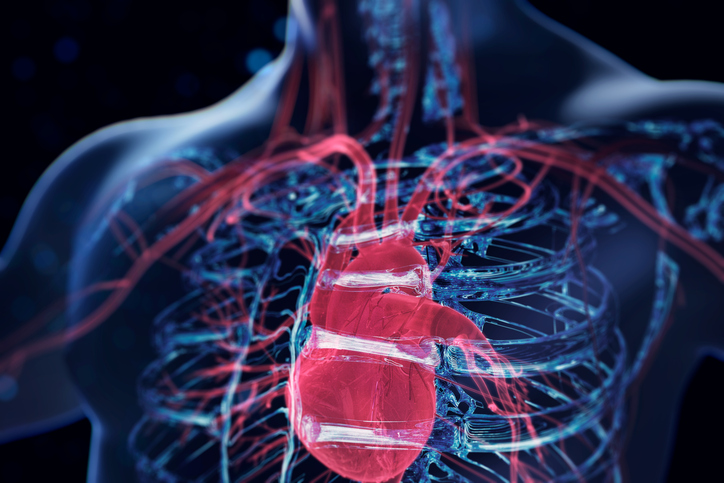In a development that could significantly improve treatment outcomes for patients with heart failure and other organ injuries, the U.S. Food and Drug Administration (FDA) has cleared the monoclonal antibody AD-NP1 for in-human clinical trials. The first-in-class therapeutic targets ENPP1, a protein that was identified by UCLA researcher Arjun Deb, MD, as a key regulator of impaired tissue repair following heart attack and other acute organ damage.
AD-NP1 was developed over seven years in the Deb laboratory, using funding exclusively from the National Institutes of Health, the Department of Defense, and the California Institute for Regenerative Medicine.
“This work has been entirely funded by taxpayer dollars and done entirely within the University of California research ecosystem,” said Deb, who is director of cardiovascular research at UCLA. “I have not taken a cent from any private donor or company to develop this drug. This process has advantages of lower costs, potentially shorter development time, and the principal investigator being in control of the science and having intellectual freedom with the development of the molecule, which is the most important of all.”
ENPP1 (ectonucleotide pyrophosphatase/phosphodiesterase 1) is an ectonucleotidase that hydrolyzes extracellular ATP to form adenosine monophosphate (AMP). As described in a paper published in the Journal of Clinical Investigation in November 2021, AMP is then metabolized by cardiomyocytes into adenine and purine nucleosides that interfere with pyrimidine biosynthesis in surrounding non-muscle cells including fibroblasts and endothelial cells, leading to cell death and impeding tissue repair.
These cytotoxic purines disrupt the purine/pyrimidine balance in proliferating nonmyocytes, inducing a DNA damage response and apoptosis. The death of these cells, which are essential for wound healing, results in increased fibrosis and decreased cardiac function after injury.
The monoclonal antibody AD-NP1 was specifically engineered to bind human ENPP1 and inhibit its function, thereby preventing the cascade of events that block tissue repair in the heart. “Much like people eat food to get energy, cells also require energy to multiply and grow and function, and this is more critical when the tissue is injured,” said Deb. “That is what we saw: increased ENPP1 expression interfered with critical pathways that are needed for a cell to derive energy.”
In preclinical studies in mice and nonhuman primates, Deb and his team showed that AD-NP1 restored energy metabolism and reduced fibrosis in damaged heart tissue. “When AD-NP1 was used in animals, the heart muscle had more energy and contracted much more vigorously, preventing the development of heart failure,” Deb said.
The new drug takes a novel approach to tissue regeneration by blocking a harmful metabolic pathway compared with other efforts to repair tissue that have focused on stem cell treatment or tissue grafts. As Deb noted “you use the power of the body’s own repair system and optimize it to make it so much better.”
With the FDA clearing AD-NP1 for in-human trials, the UCLA will look to launch a Phase I study to evaluate its safety. For this, the team will monitor changes in heart function, the extent of tissue regeneration, and heart muscle scar formation while also measuring levels of biomarkers indicative of metabolic recovery such as orotidine, which the researchers showed was elevated in earlier animal studies.
While the initial trials will focus on treatment of patients with heart failure, the team believes the effects are likely to be pertinent to healing in other organs, such as the kidney and liver, where the same ENPP1 pathway impairs repair after injury.

